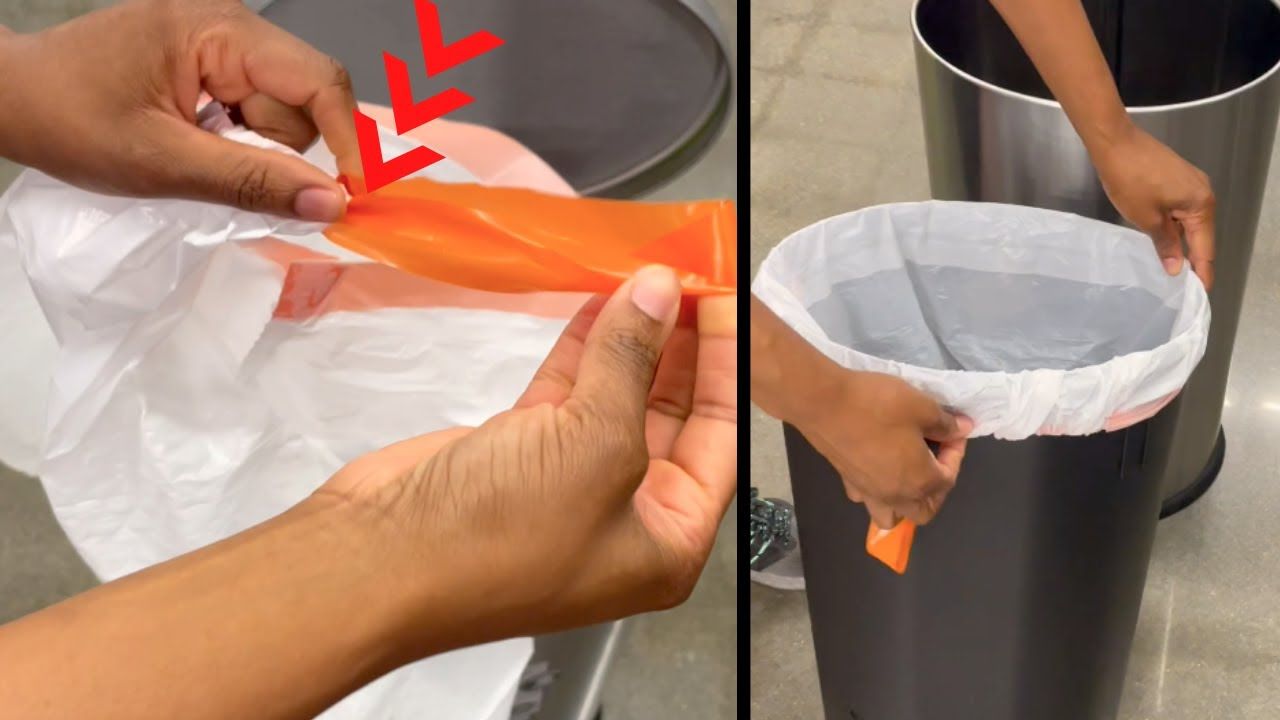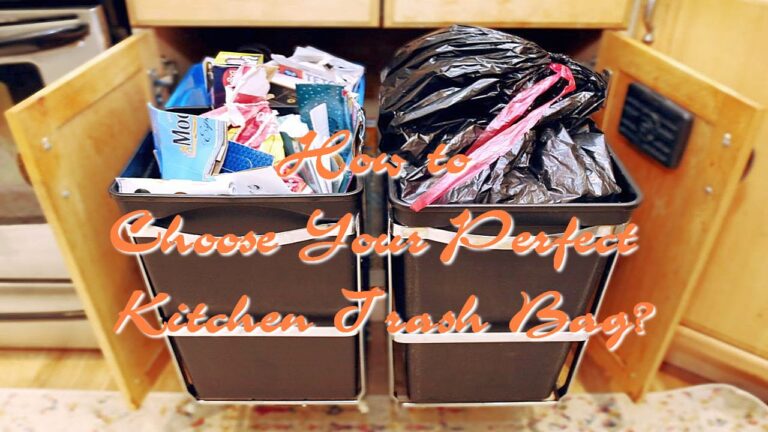Choosing the right kitchen trash bag size might seem like a mundane task, but it plays a crucial role in maintaining cleanliness and organization in your home. In this guide, we’ll unravel the mystery of kitchen trash bag sizes, helping you make an informed decision and keep your kitchen waste under control.
Gallon Capacity Matters

The market offers a plethora of options, from 2-gallon trash bags to Simplehuman compatible plastic trash bags and more, making it challenging to decide which size is the best fit for your needs. The first and foremost factor to consider when selecting a kitchen trash bag size is its gallon capacity. Matching the bag size to the volume of your daily kitchen waste is imperative. A larger family may require a 13-gallon trash bag, while a smaller household might find a 4 or 8-gallon bag more suitable. Choosing the right gallon capacity ensures you’re not constantly changing bags and reduces the chances of overloading.
Consider the Bin Size
Your choice of a kitchen trash bag should align with the size and dimensions of your trash bin. A bag that is too large might slip off the edges, leading to messy situations. Conversely, a bag that is too small can make it challenging to secure the edges properly, risking leaks and spills. Measure the dimensions of your trash bin and opt for a bag that fits snugly, allowing for easy removal and replacement.
Thickness and Strength
Beyond size, the thickness and strength of a kitchen trash bag are crucial factors in preventing leaks and tears. Trash bags are typically categorized by thickness, measured in mils. Thicker bags, around 1.2 to 2 mils, are more durable and suitable for heavier loads. For everyday kitchen waste, a mid-range thickness of around 0.9 mils should suffice. However, for disposing of sharp or heavy items, opt for a thicker bag to avoid unpleasant surprises.
Drawstring or No Drawstring

The convenience of a drawstring closure can make a significant difference in your daily trash disposal routine. A drawstring allows for easy tying and lifting, preventing spills and odors from escaping. Some individuals, however, prefer trash bags without drawstrings for easy disposal. Consider your personal preference and the ease of use that suits your lifestyle when deciding between drawstring and non-drawstring trash bags.
Eco-Friendly Options
As environmental awareness grows, so does the demand for eco-friendly alternatives. If sustainability is a priority for you, explore kitchen trash bags made from biodegradable or compostable materials. These options break down naturally over time, reducing the environmental impact of your waste. While they may come at a slightly higher cost, the long-term benefits for the planet make them a worthwhile investment.
Selecting the best size for your kitchen trash bags involves thoughtful consideration of factors like gallon capacity, bin size, thickness, closure type, and environmental impact. By understanding these aspects, you can streamline your waste management routine and maintain a cleaner, more organized kitchen space. Take the time to evaluate your specific needs, and you’ll find the perfect fit that makes your daily chores a breeze.





